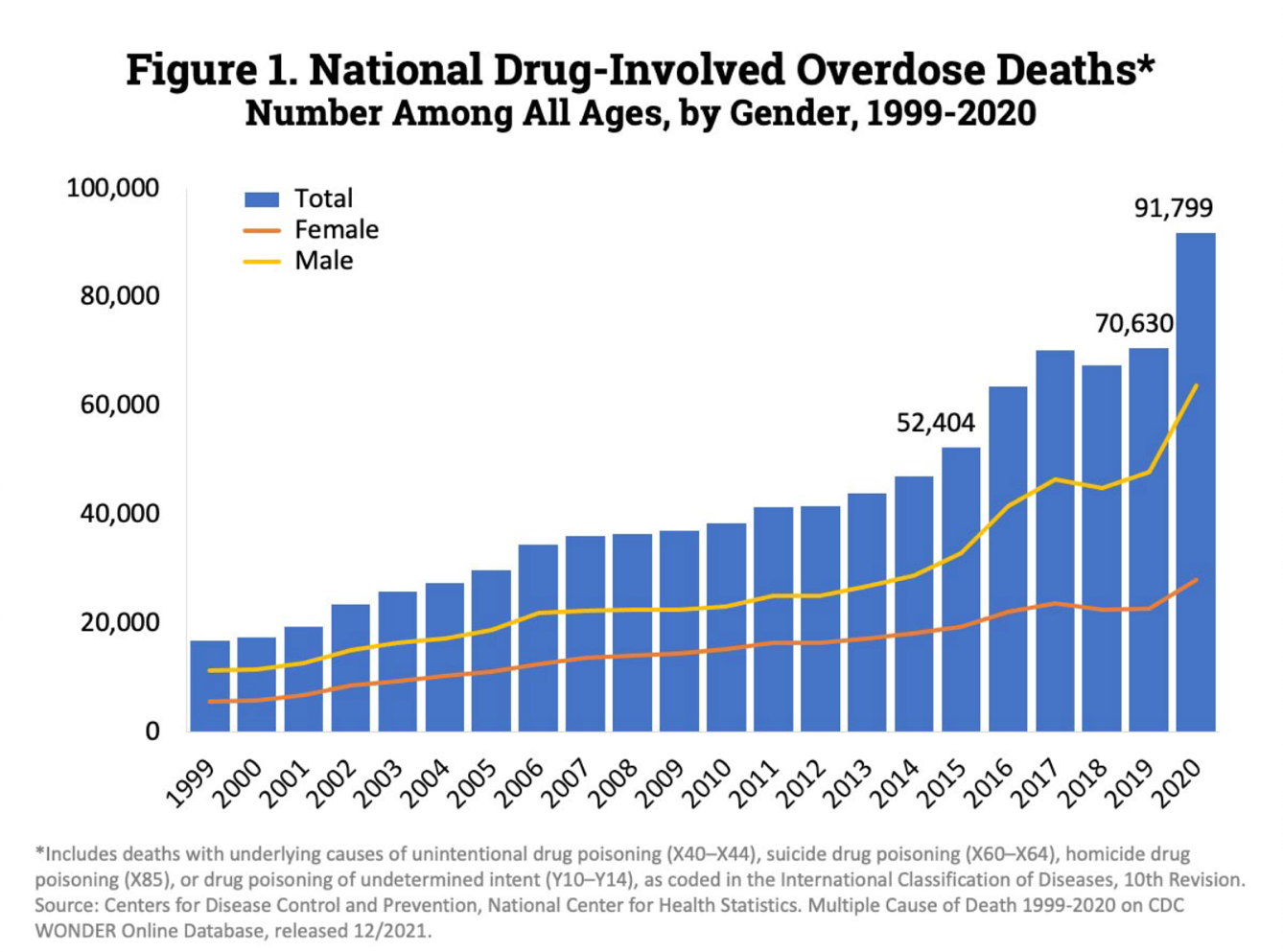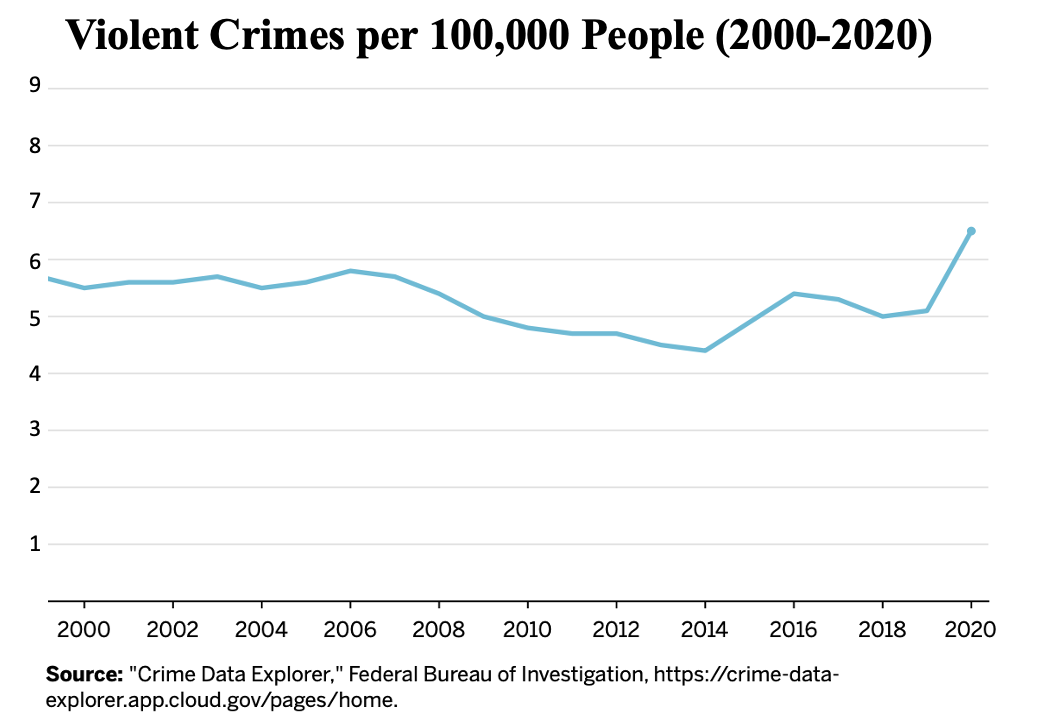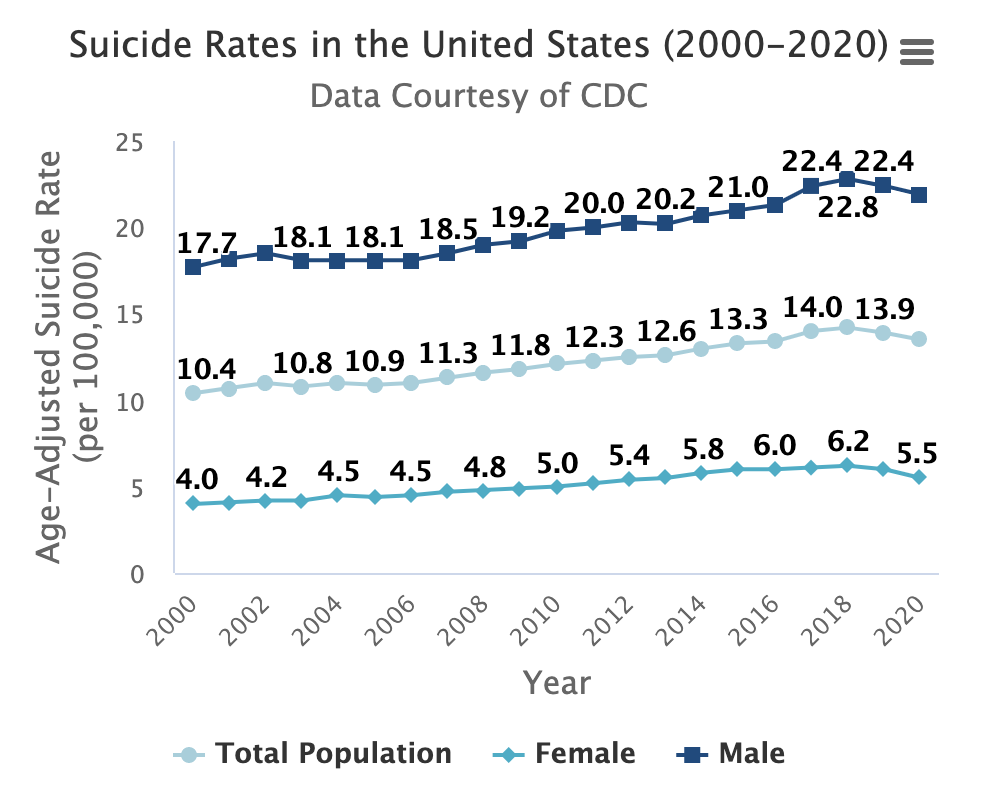The Woke Era is Over. Can Policy Makers talk about the Real Problems?
Post-Pandemic rates of drug overdoses, homicide, and suicide are too severe to ignore.
In December of 2019, the world discovered COVID-19 and the steps to prevent spread of the virus changed the world moving forward. After this whirlwind of new law, extreme politics and other societal crises, Wokeist tribal lines that divided genders, races, classes and belief systems began to dwindle. The eruption of mass protest against the police and the Jan 6 “Coup d’etat” offered a self-reflection of how politically extreme the U.S. has become, which was ironically a positive outcome of these events.
Woke ideology had an absolutist commitment to social justice and refuted intellectual dialogue and debate of the subject matter. Discussions around important policy issues were limited due to its potential to “trigger” or “offend”, which led professors, politicians, journalists, students, and the public from engaging in critical pragmatic conversations that contribute to policy making. The cease of this era gives policy makers the opportunity to recalibrate their legislative focus and reshape a new culture of less extreme politics.
So let’s focus on the real problems at hand.
The world has evolved rapidly in a short period, considering the influences of technology and social media toppled with a Global Security crisis. Thus, more attention should be given to new problems that arise from these environmental influences.
The long-term ramifications of the COVID-19 Pandemic, specifically from social isolation, were severely underestimated. More crucial than COVID itself, families experienced death of loved ones from suicide, homicide, and drug overdose, which all reached peak rates during the Pandemic. During a time of outcry over mass shootings, police violence, COVID, and the war in Ukraine, Politicians and media outlets remained ignorant to the risks that everyday Americans faced.
The NIH (National Institutes of Health), CDC (Center for Disease Control and Prevention) and FBI (Federal Bureau of Investigation) reported alarming evidence of these rates post-COVID-19:
1. Drug Overdose
- 92,000 persons in the U.S. died from drug-involved overdose in 2020. From 2019-2020 drug-involved overdose increased 23%, which is the largest increase in the past two decades. 1
- Opioids– mostly synthetic opioids– are the leading driver of drug overdose deaths (74.8% of all drug overdose deaths). 82.3% of opioid-involved overdose deaths involved synthetic opioids. 2
2. Homicide Rate
- U.S. murder rate rose 30% during the Pandemic and is continuing to rise to mid 90’s rates. 3
- The latest FBI annual crime report for 2021 estimated the nation’s rate of homicide is 6.9 per 100,000, which is the highest in 20 years. 4
- According to the CDC and Prevention, the Black homicide rate increased from 22.9 per 100,000 residents (2019) to 30.7 per 100,000 (2020), making it the biggest killer of young Black men during the COVID Pandemic. It also found that the homicide rate was growing at an even faster rate amongst Hispanic men. 5
3. Suicide Rates
- Suicide rates reached its peak in 2019. Despite the slight decline during the Pandemic, the suicide rate for youth drastically increased. 6
- Suicide is the second leading cause of death among people aged 15 to 24 in the U.S.7
- A study from NIH found increases in the proportion of youth suicides by state post pandemic; California (4.7% to 5.4%), Georgia (6% to 7.1%), Indiana (6.1% to 8.2%), New Jersey (4.6% to 5.8%), Oklahoma (6.9% to 8%), and Virginia (5.9% to 7.4%). 8
People are desperate for answers that are not influenced by ideology or political extremities. The complexity of these crises requires research and policy approaches that may be effective in particular circumstances and not others. Finding a simple solution disregards the evolution of western society and the environmental factors that people have already adapted to. The simplification of these phenomena will further exacerbate the problem.
Notes:
1. https://nida.nih.gov/research-topics/trends-statistics/overdose-death-rates
2. https://www.cdc.gov/drugoverdose/deaths/index.html
3. https://www.pewresearch.org/fact-tank/2022/10/31/violent-crime-is-a-key-midterm-voting-issue-but-what-does-the-data-say/
4. https://crime-data-explorer.fr.cloud.gov/pages/explorer/crime/nibrs-estimation
5. https://wonder.cdc.gov/controller/saved/D76/D266F068
6. https://www.nichd.nih.gov/newsroom/news/042722-COVID-adolescent-suicide
7. https://connect.uclahealth.org/2022/03/15/suicide-rate-highest-among-teens-and-young-adults/
8. https://www.nichd.nih.gov/newsroom/news/042722-COVID-adolescent-suicide






